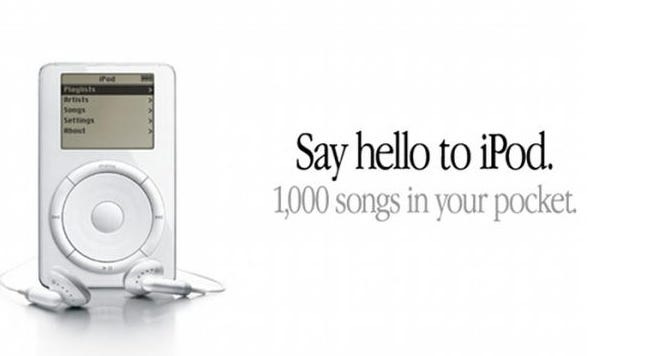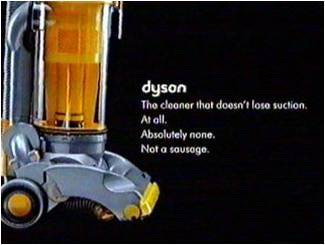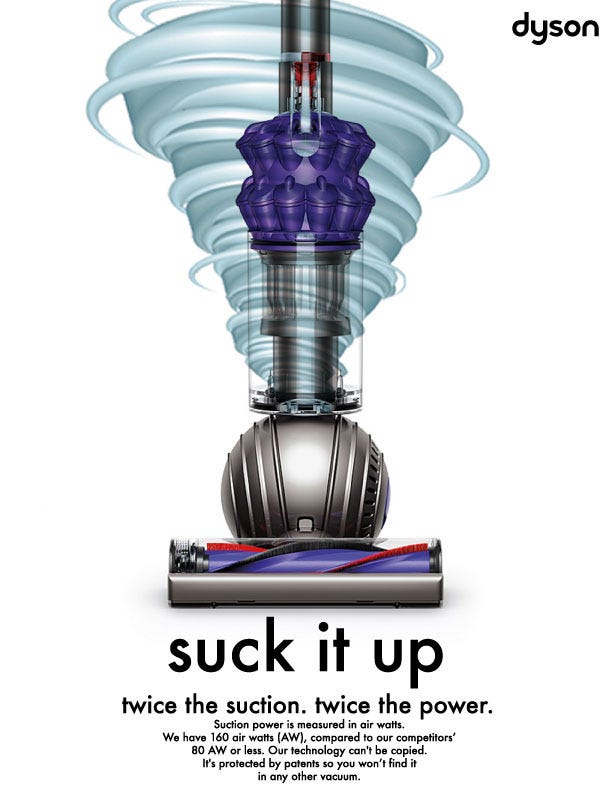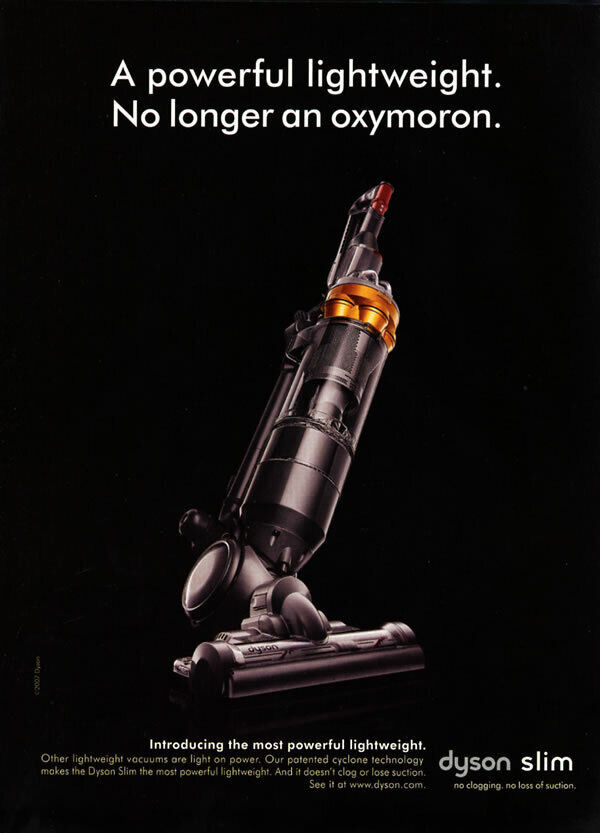"It's all Greek to me": Tips on digesting and simplifying client briefs before you start writing
Transform client jargon into snappy copy your target market will actually understand!
Most copywriting tips online talk about pushing the right buttons in the consumer. But I have yet to see a post on dissecting jargon-filled client briefs, brochures, and manuals. For me, that's actually the first step of our job as writers! Only then can we transform client's message into videos and social media posts that our target market can actually understand!
As an advertising copywriter, I’ve seen all types of client briefing materials. There are those that are sparse, and even a dig through their socials and website provide only top-line information. 😬
Then there are those briefs that are ⚠️ info overloads ⚠️. But hey, at least you can just cross-reference across the two PowerPoints, 3 PDFs, and 15 website links they sent, right?
Occasionally, you’ll get a happy medium. A brief with just enough information. A meaty PowerPoint with well-organized links. And if you do need additional info, it might be available online — no need to prod client for more sources.
Still, that’s all part of the job. And the client hired you because they know you can translate their materials into something engaging for their prospects.
I’ve worked with very technical clients before - banks, insurance firms, construction materials, even appliance brands. And I know it can be particularly challenging to dive into the research phase. And it’s even more challenging to turn that research into bite-sized copy points.
That’s why today, I’ll share some tips on how to demystify and simplify technical writing for yourself and your target market:
Set aside time for undistracted research.
Gather your research materials - the client brief, any brochures, videos, or links they sent. Go through them one by one, taking notes as needed. You could even repackage the information based on your monthly content plan, or based on the video outline you have in mind.
Have your Google skills at the ready.
If there are terms you don’t understand or processes that are too technical for you, go Google! Just make sure you check more than one source, and use reliable sources only. Best to avoid home-made YouTube videos, or forums like Reddit. Sometimes, you’ll find press releases or news articles about the client - this can contain laymanized explanations of what they do.
Also - don’t shy away from reading up on what competitors have to offer! Doing a competitor scan helps you see how you can position your brand, too.
Cross-check and collaborate.
If you’re working with a team, try brainstorming on how to best present the information. When you try to explain things in your own words, you’ll get an even better idea of what you do and don’t understand, and how to say things conversationally.
Keep your writing clear first, clever second.
Witty ads usually work when a brand is established. But if you’re new to the market, stick to introducing the brand clearly.
Check out how Dyson ads have evolved over the years since it was first introduced in the 1990s:
Ask yourself: what does this mean, and what’s in it for me?
With every feature you highlight, ask yourself - what does it mean for me? For my target market, a busy mom? For the reader, a music-loving Gen Z? Will my market of Gen X business owners understand this acronym, or should I spell it out for the first few uses? This helps you refine your content and keep it relevant to the market.
Maximize visuals and examples.
Context and illustrations can be incredibly effective in making writing less jargon-filled. Make the most of your visuals and audio-video lock to help your audience understand what makes your brand so amazing!

This Apple ad manages to be clear yet clever - difficult to pull off, but hey, that’s Apple for you! This iPod ad is brilliant. Instead of talking about storage in “bytes”, it contextualizes it in songs. And that’s what matters most to the music-loving prospective buyer. Instead of packing CD cases in a bag or glove compartment, they have a nifty pocket-sized device. Cool!
Make your copy easy to read (or scan).
Research shows that most readers nowadays scan in an F-shape pattern. So don’t turn that wall-of-text instruction manual into your caption. Don't even turn it into your entire article. Use infographics, bullet points, or even a section for key takeaways. Work with your graphic designer so that the important parts pop out to your reader.
Read it out loud.
Once you’ve finished your copy, read it out loud. Does it make sense to you? Imagine explaining it to your grandma, or your cousin in a different industry. Is it conversational enough to make sense?
Proofread.
Finally, set aside the material, then come back and proofread it. Run it through spell-check and ensure you got the terms, acronyms, and numbers right. Make sure your sources are ready (if needed) so your boss and/or client can refer to them easily.
To better illustrate the 9 points above, here’s how I would tackle creating a post on construction materials.
The above snippet is from Atlanta’s website. Going through this, I would go through their site or Google the following:
What is uPVC?
What is ASTM D 2729?
Then, I would add context to each feature they list. These become the benefits and can be the angles of each post on uPVC pipes:
Why does it need to be resistant to high-impact? - for heavy loads such as a second storey in a building
Why does it need to be lightweight - for faster construction
Corrosion-resistant is self-explanatory, but it would be nice to compare it to market competitors, such as metal pipes
High chemical resistance - ideal for all sorts of waste going downstream
Smooth internal pipe surface - why does this matter? - reduced biofilm formation, biofilm causes clogging
What challenges do you face when tackling very technical brands or client briefs? Do you do some of the tips I mentioned above? Let’s talk about it in the comments!
P.S. We just hit 200 subscribers on Substack this week! Wow. Thank you so much for being here 💜
P.P.S. Buhay Copywriter by Regina Peralta is free today.
But if you enjoyed this post, I’d love it if you would:
- Share this post with a friend or two. It helps grow our little community, plus your friends get all the cool insights and lessons you got from this newsletter, too!
- Send a tip via my Ko-fi account or my Buy Me a Coffee account. This supports more than just my craft - it helps me support my mom, who’s been battling ovarian cancer for four years. You can learn more about it on my Project R Instagram account. Any amount helps, and is very much appreciated.













